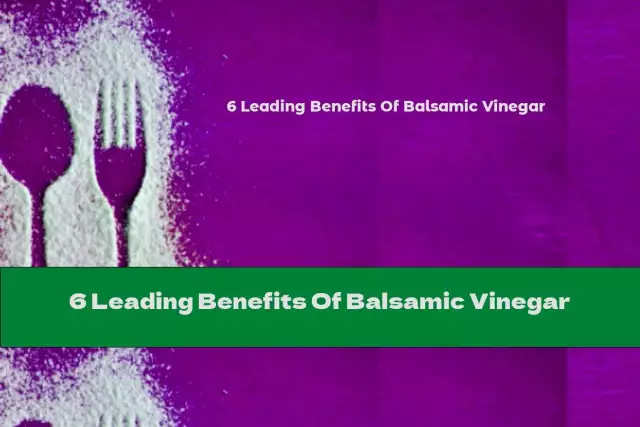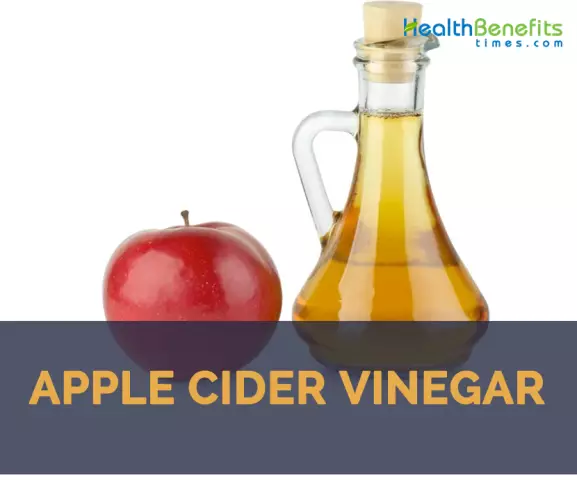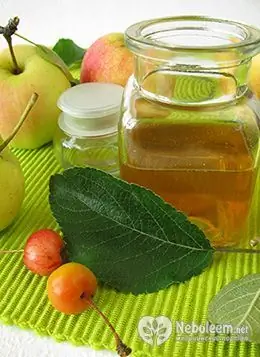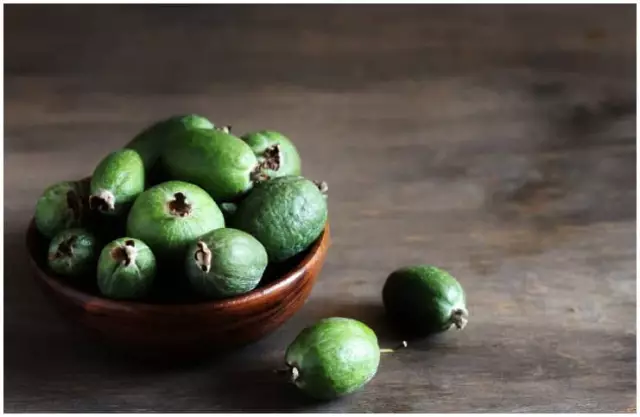- Author Rachel Wainwright [email protected].
- Public 2023-12-15 07:39.
- Last modified 2025-11-02 20:14.
Balsamic vinegar
Description of balsamic vinegar
Balsamic vinegar is a name for sweet and sour sauces invented in the Italian city of Modena. It is first mentioned in historical documents dating back to 1046.

Balsamic vinegar (otherwise - "balsamic") is one of the most refined and expensive food vinegars that are produced in Italy in the provinces of Modena and Reggio Emilia. It is traditionally very dark in color with a sweet fruity aroma and a thick texture. Its cheaper counterparts, made from red wine using a simplified technology that does not require long aging, are lighter in color and differ significantly in flavor characteristics.
An interesting fact is that the Marquis Bonifacio, who was the owner of the castle of Canossa, donated a small barrel of vinegar to the future King of Franconia Henry II, thus establishing the tradition of presenting gifts to the palace nobility and kings. Balsamic vinegar as such a "royal gift" testified to the prosperity of the family, and was also a rich dowry in families with young persons of marriageable age. In those days, there was no single recipe for the preparation of this seasoning and its production was the privilege of only a limited circle of families of the Italian aristocracy.
Method of preparation and composition of balsamic vinegar
A distinctive feature of the preparation of balsamic vinegar from wine is the raw materials used. Balsamic is made from grape must - squeezed juice of fresh berries. The must, usually white grapes, is boiled down to a thick, dark syrup.
Today, two certified types of products are produced:
- Balsamic vinegar from Modena PGI, made from concentrated grape must, wine vinegar and caramel. It is relatively inexpensive, since according to the technology, its aging period is 2 months;
- Traditional balsamic vinegar made from grapes harvested in the provinces of Modena and Reggio Emilia from certified growers, by fermentation and subsequent aging in wooden barrels of various types of trees: oak and ash (smallest), cherry or chestnut (medium barrels), mulberry (large barrels). As a rule, this vinegar is made in small industries. The aging period of such vinegar is at least 12 years.
Other types of balsamic are also produced, the recipe for which is significantly different from the traditional one. Balsamic vinegar can contain thickeners such as starch, corn syrup, glucose or fructose, pectin, carob seeds, and a few others. Typically, this vinegar does not require aging. However, there is practically no benefit from balsamic vinegar, made without observing ancient technologies, and it can be used exclusively as a culinary seasoning.
Balsamic vinegar contains (in 100 g):
- 76.45 g of water;
- 0.49 g protein;
- 17.03 g carbohydrates;
- 0.37 g of ash;
- Macronutrients - potassium (112 mg), as well as sodium, phosphorus and magnesium;
- Trace elements - iron in the amount of 0.72 mg and a small amount of manganese, copper and zinc.
In addition, balsamic vinegar contains polyphenols, pectin substances, acetic and pyruvic acids. Inexpensive vinegar analogues can also contain caramelized sugar, wine vinegar, flavors, grape must concentrate, and various thickeners.
The benefits of balsamic vinegar
According to some historical data, balsamic vinegar was originally used for medicinal purposes, from where it got its name. So, in the first year of the Great Plague of 1503, it was used as a medicine. It has also traditionally been used as a sedative and external wound healing medicine.
The benefits of balsamic vinegar have not been proven by clinical trials, although it is believed that moderate doses in which this product is used can serve as the prevention of gastrointestinal diseases, as well as have a general tonic effect.
Also in some countries it is customary to endow it with unusually strong healing properties that normalize metabolism and help to heal from any disease.

Swedish scientists have conducted research on the effects on the body of foods such as fatty fish, cinnamon, soy protein, pearl barley, wild berries, balsamic vinegar, almonds and whole grain breads. As a result of the experiment, there was an improvement in memory, a decrease in cholesterol levels and a decrease in the risk of developing inflammatory diseases.
Using balsamic vinegar
Aged balsamic vinegar can be used to treat wounds and severe cuts, as well as to gargle. However, balsamic vinegar has found its widespread use in cooking.
The use of balsamic vinegar is most typical for Italian cuisine. Traditionally, it is added in small quantities to soups, salads, desserts, seafood dishes (in rice with squid or salad with avocado and shrimp), and it is also used to make pasta and risotto.
Balsamic vinegar is usually added to salads with cheese. So, it is an ingredient in a Mediterranean salad, consisting of tomatoes, lettuce leaves and soft cheese. Also for salads, a mixture of olive oil and vinegar is considered the best combination.
Balsamic is widely used by cosmetic companies due to polyphenols, thianins and anthocyanins, which slow down the aging process of the epidermis. With an antiseptic effect, it helps to improve complexion and cleanse the skin. Balsamic vinegar is also added to hair loss reduction products.
The harm of balsamic vinegar
The harm from balsamic vinegar can only occur when used in large quantities. There are no contraindications other than individual intolerance.
Found a mistake in the text? Select it and press Ctrl + Enter.






